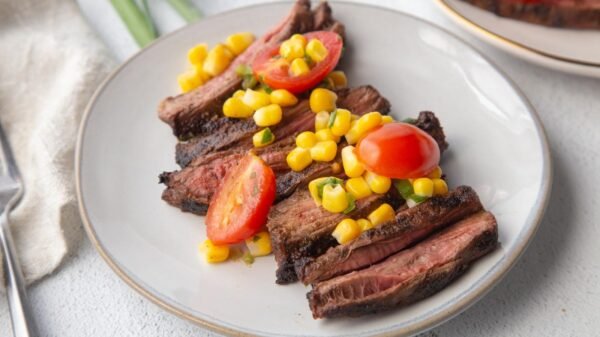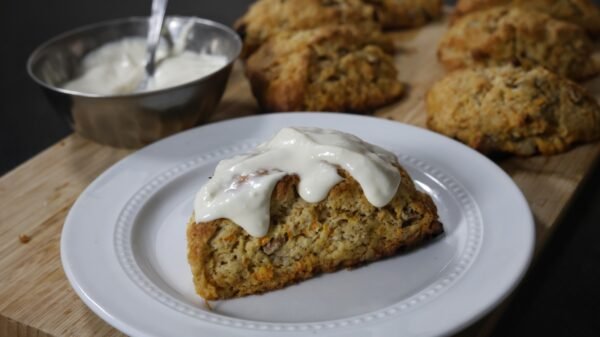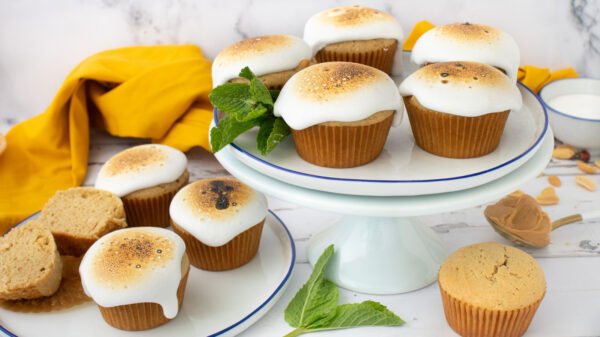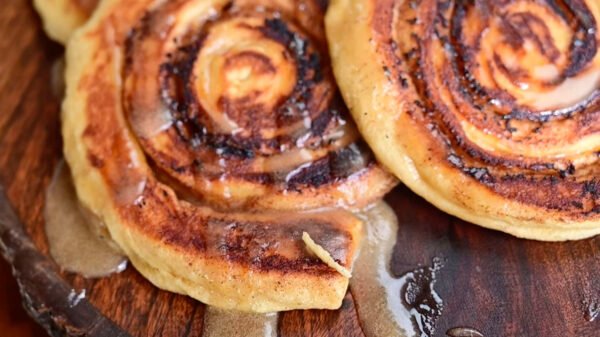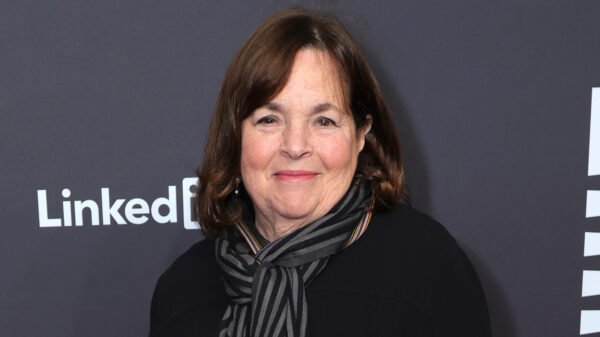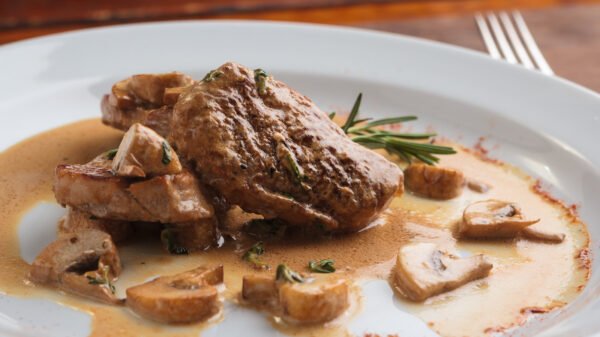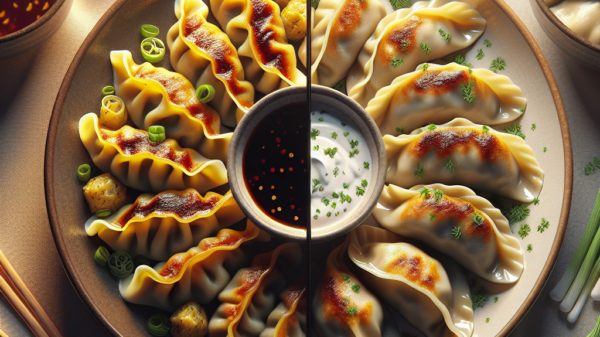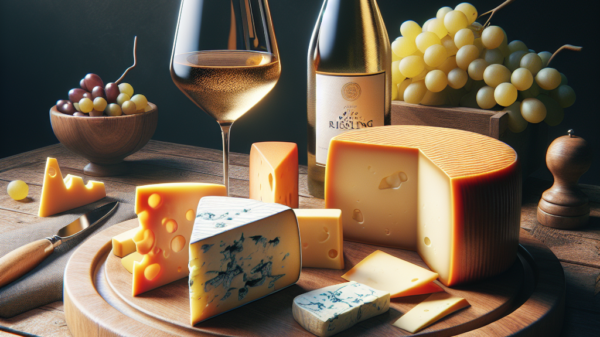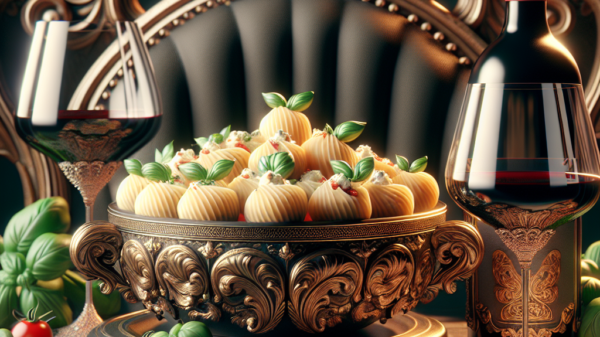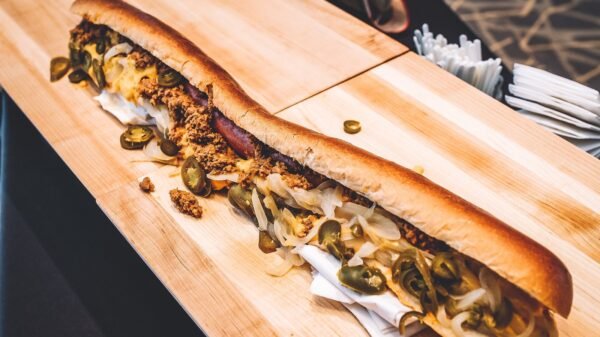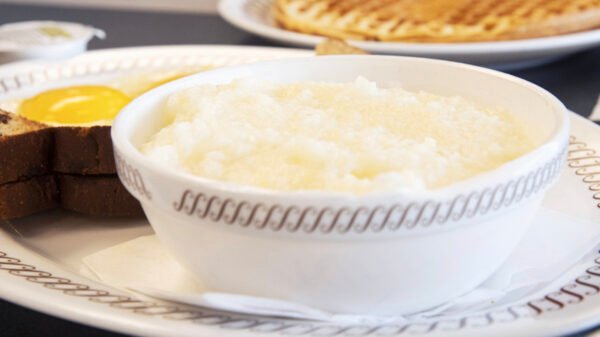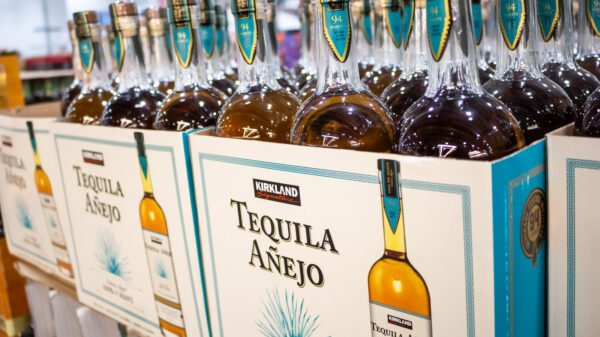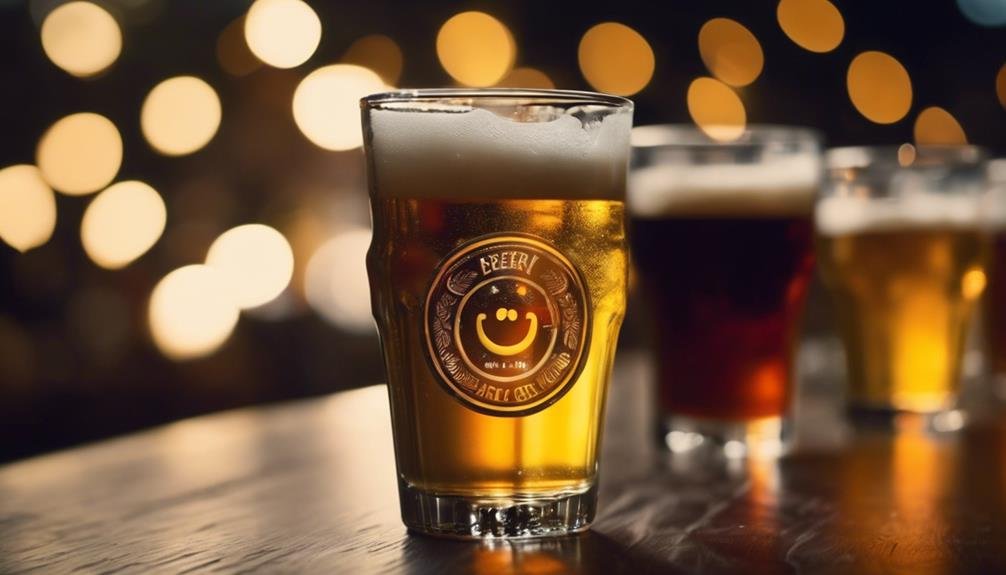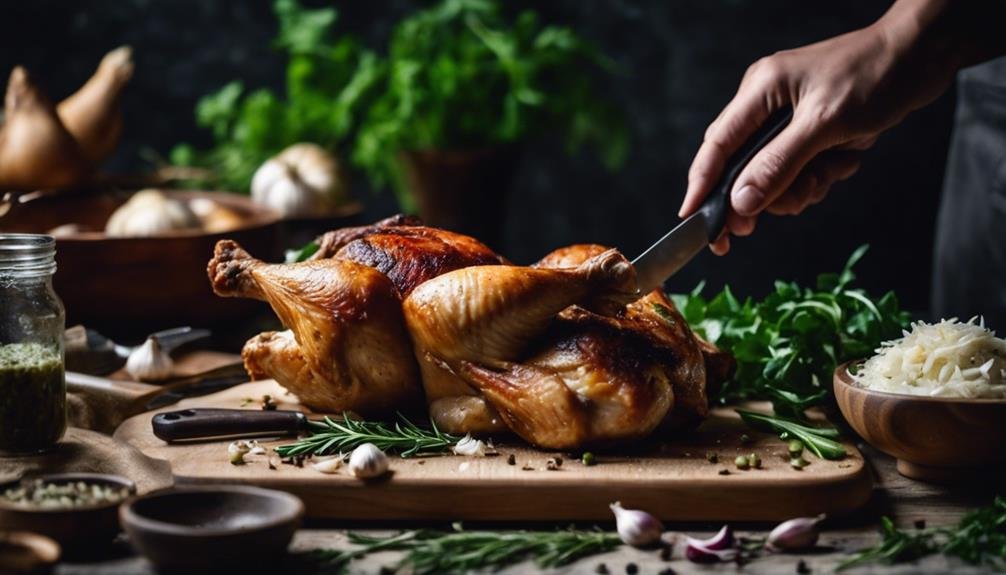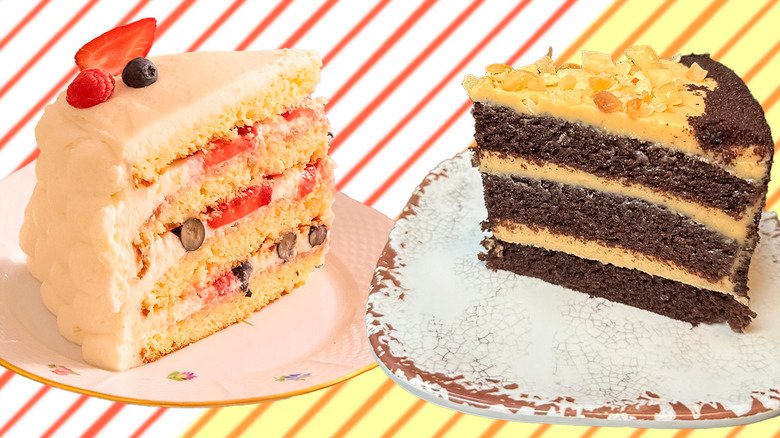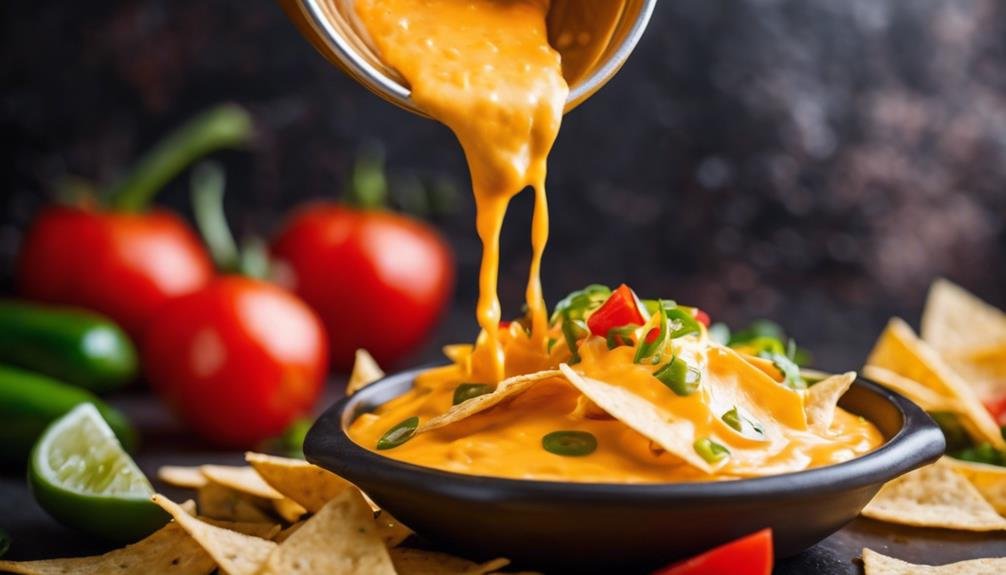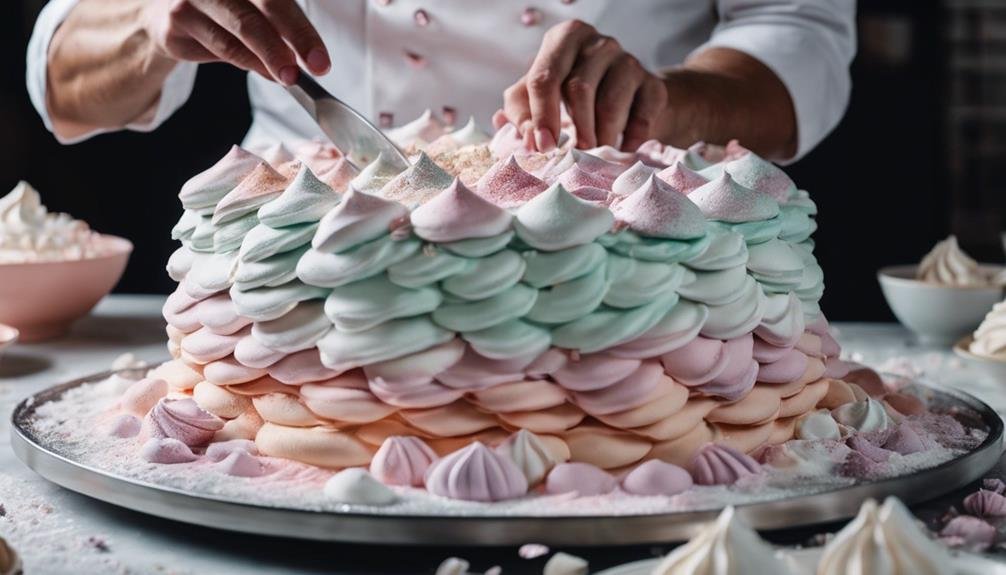Have you ever found yourself mulling over your pint, ‘Is this beer the lightweight contender in the ring against that heavyweight shot of whiskey?’ You’re not alone. The quest to understand just how many beers equal a single shot is more than a party trick—it’s a vital bit of knowledge that can steer your evening from memorable to regrettable.
With the average beer hovering around 4-5% ABV and hard liquor packing a punch at about 40%, the math isn’t as simple as you might think. Before you scoff at the idea of equating the two, consider the factors at play—body metabolism, drink size, and, most importantly, your own limits.
Are you curious to unravel this conundrum? Stick around because traversing the maze of alcohol equivalency is fascinating and might save your night out.
Beers Equal Shot Key Takeaways
- A single shot of hard alcohol is consumed faster than beer, leading to quicker intoxication.
- Light beer (4-5% ABV) has a much lower alcohol content than a shot (40% ABV).
- The body metabolizes alcohol at about 0.25 ounces per hour, regardless of beverage type.
- Responsible drinking requires understanding the significant difference in alcohol content between beer and shots.
Alcohol Content Breakdown
Diving into the world of alcoholic beverages, it’s crucial to understand that one 1.5-ounce shot of 40% ABV liquor packs the same alcohol volume as a 12-ounce beer with a 5% ABV, highlighting the significance of knowing what you’re drinking. This revelation might shake up your perception of a casual drink. Calculating alcohol content in beer vs shots is not just about measuring liquid in a glass; it’s about understanding the punch each drink packs.
In the realm of responsible drinking, grasping the alcohol equivalency between beer and whiskey is akin to acquiring a secret knowledge that guarantees you enjoy your evening without tipping the scales. Standard drink sizes aren’t just arbitrary numbers; they’re guideposts on your journey through social gatherings and quiet nights. Knowing these equivalencies means you’re armed with the wisdom to make informed choices, whether you’re serving drinks or savoring them yourself.
Understanding ABV Differences
When you’re comparing the buzz between beers and shots, it’s the ABV (alcohol by volume) that truly tells the tale, with beers usually floating around a chill of 4-6%, while a standard shot of liquor punches in at a hefty 40%. This difference isn’t just trivia—it’s central to understanding how to serve and enjoy drinks responsibly.
Here’s what you need to know:
- Beer to Shot Ratio: A 12 oz beer at 5% ABV is equivalent to a 1.5 oz shot of 40% ABV liquor. This equivalence is key in planning a night out or serving guests.
- Alcohol Unit Calculator: Tools like these can help you keep track of intake, ensuring everyone enjoys the party and gets home safely. They convert the ABV differences into understandable units, guiding your consumption choices.
- Understanding Standard Drink Sizes for Alcohol means recognizing that not all drinks are created equal. A hefty IPA might have an ABV that rivals a light vodka shot equivalence, making understanding ABV differences essential for responsible hosting and drinking.
Beer Vs. Shot Consumption
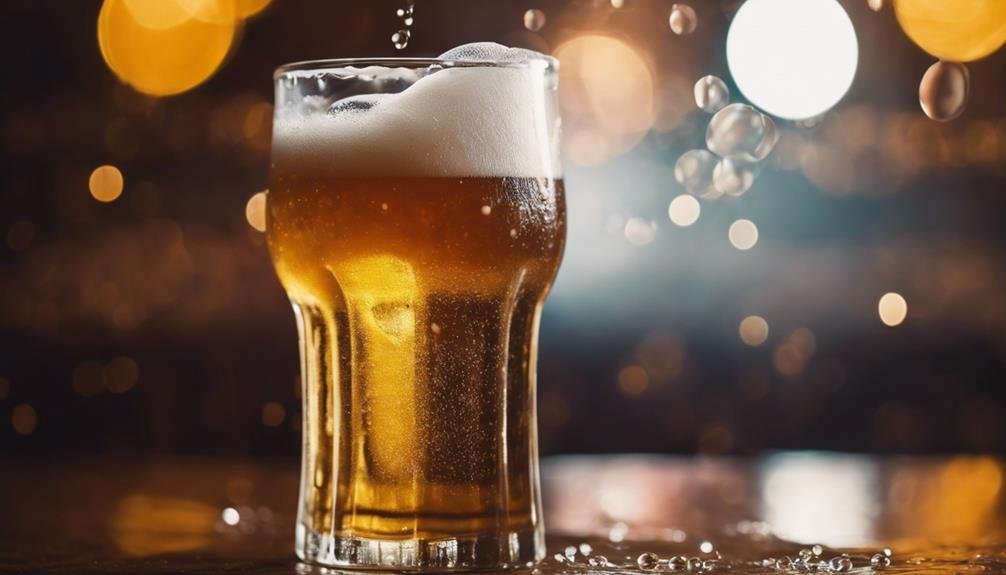
Understanding the showdown between brews and shots isn’t just a party trick; it’s a key step in mastering your night out with precision and responsibility. When aiming to serve others with knowledge and care, grasping drink equivalency becomes vital.
Let’s cut straight to the chase: a single whiskey shot and a pint of beer can often sit at the same table regarding alcohol content. Surprised? You shouldn’t be. Diving into the whiskey shot-to-beer comparison reveals that one 1.5-ounce shot of 40% ABV liquor holds hands with a 12-ounce beer at 5% ABV in the dance of intoxication. That’s right, each pours out approximately 0.6 ounces of pure alcohol into your system.
Getting through the fog of craft beer alcohol equivalence, remember that not all beers are brewed equally. The higher ABV in some craft beers can quickly flip the script on your standard drink calculations. Here’s where knowing your beer and shot equivalency, guided by alcohol consumption guidelines and perhaps a handy BAC calculator, makes sure you’re not just playing a guessing game.
Calculating Drink Equivalence
Calculating drink equivalence isn’t just a bartender’s secret; it’s your key to mastering a night out with finesse and foresight. Understanding the alcohol unit in your vodka tonic or light beer vs. regular shot can drastically influence your blood alcohol concentration (BAC), ensuring you’re sipping smartly, not merely freely.
Here’s a quick rundown to keep you savvy:
- The Basics of Drink Equivalency: A 12 oz can of lager beer at 5% ABV and a 1.5 oz shot of 40% ABV vodka house approximately 0.6 oz of alcohol. This similarity lays the foundation for responsible drinking, making you a maestro at managing your intake.
- Light Beer vs Regular Shot: While light beer might seem softer, don’t be fooled. Navigating this alcohol content, it’s neck and neck with a standard shot of spirits. Grasping this lager beer equivalency empowers you to alternate between beverages without overdoing it.
- Calculating Your Consumption: Knowing that each beer or shot adds roughly the same alcohol unit to your bloodstream, you can better pace yourself, ensuring your evening remains enjoyable without the risk of overindulgence.
Armed with this knowledge, you’re well on your way to confidently navigating any social scene, always keeping responsible drinking at the forefront of your mind.
Responsible Drinking Tips

Now that you’re savvy about drink equivalency let’s sharpen those responsible drinking skills with practical tips that will keep your evenings fun and safe.
Understanding how many beers equal a shot of vodka isn’t just party trivia—it’s essential for maintaining control. According to the Centers for Disease Control and Prevention (CDC) and the National Institute on Alcohol Abuse and Alcoholism (NIAAA), sticking to recommended limits is key. That’s one shot for the ladies and two for the gents per day.
But here’s where it gets nifty: pacing yourself. Sipping on a whiskey over time rather than downing shots helps keep the fun meter high without tipping the scales into risky territory. Drinkaware suggests alternating each alcoholic beverage with a glass of water to slow down absorption and keep hydration levels up.
Frequently Asked Questions
How Many Beers Equals 1 Shot?
One beer equals one shot. Specifically, a 12-ounce beer at 5% alcohol by volume (ABV) is approximately equivalent to one 1.5-ounce shot of 40% ABV liquor. This equivalence is based on the alcohol content, emphasizing the importance of drinking responsibly and staying well-informed.
What Is 2 Beers Equivalent To?
Two beers are not equivalent to a single shot of liquor; considering their alcohol content, they are more akin to two shots. This knowledge is crucial for responsibly serving drinks and ensuring a safe and enjoyable experience. It’s important always to be mindful of the amount served and consumed.
What Is a Shot Equivalent To?
A shot is roughly equivalent in alcohol content to one regular-sized beer. This knowledge assists in serving responsibly, allowing for an enjoyable time without overindulgence. Cheers to smart serving!
Does One Shot Count as One Drink?
Yes, one shot does indeed count as one drink. Understanding this equivalence is key to managing your alcohol consumption responsibly. It allows you to enjoy yourself while ensuring you do not overindulge.
Conclusion
So, you’ve been swirling that drink, pondering the eternal question of beer vs. shot. Here’s the kicker: one standard shot can equate to nearly three beers, depending on those sly ABV percentages. Mind-boggling, right?
Next time you’re out, remember this golden nugget of wisdom. Your liver, and possibly your dignity, will thank you. Stay savvy, drink smart, and, most significantly, keep those nights memorable for the right reasons.
Cheers to responsible revelry!


